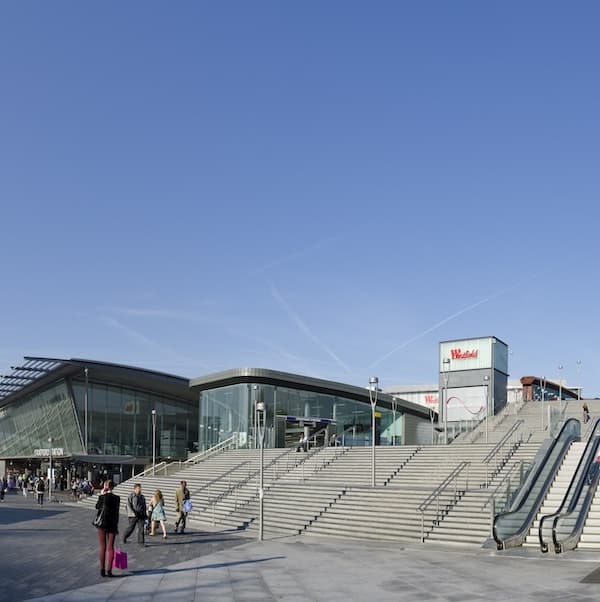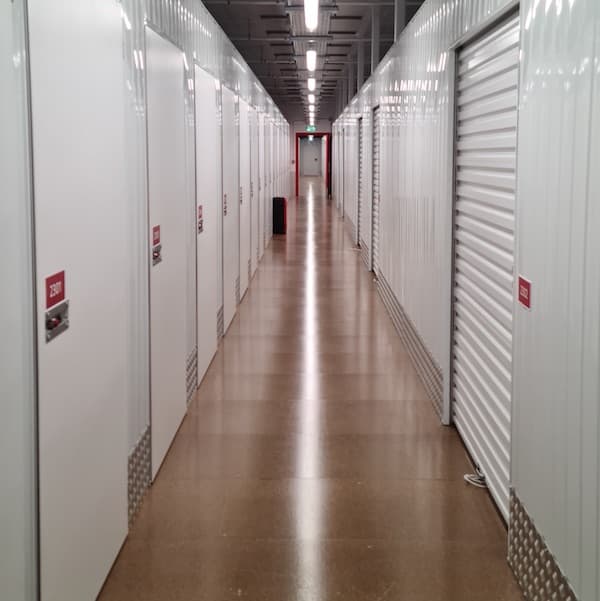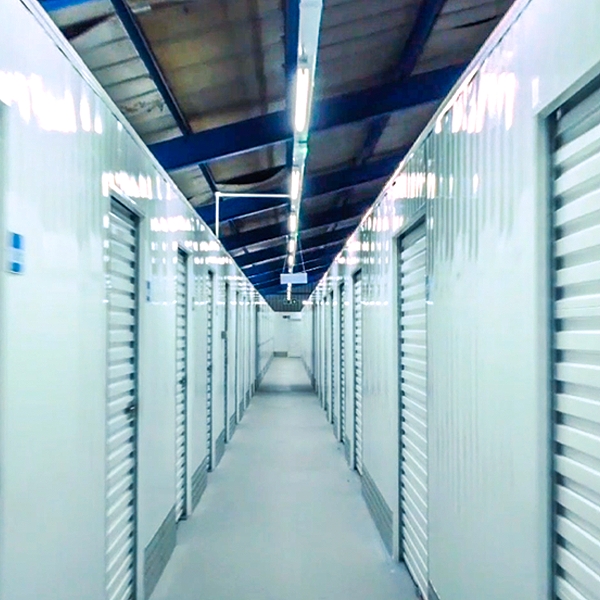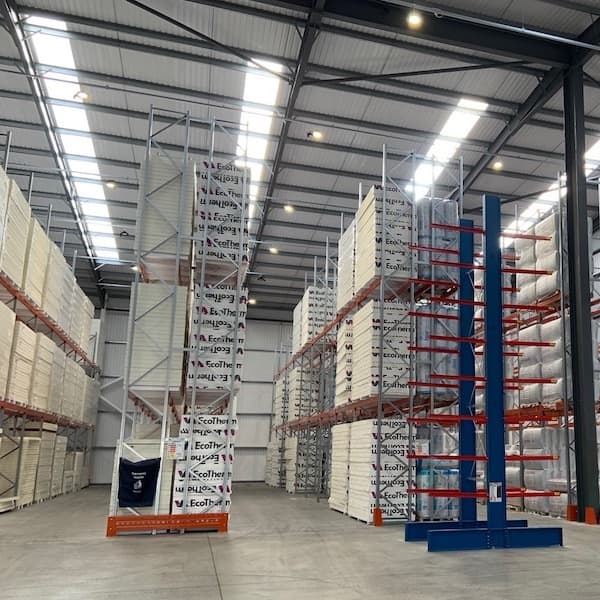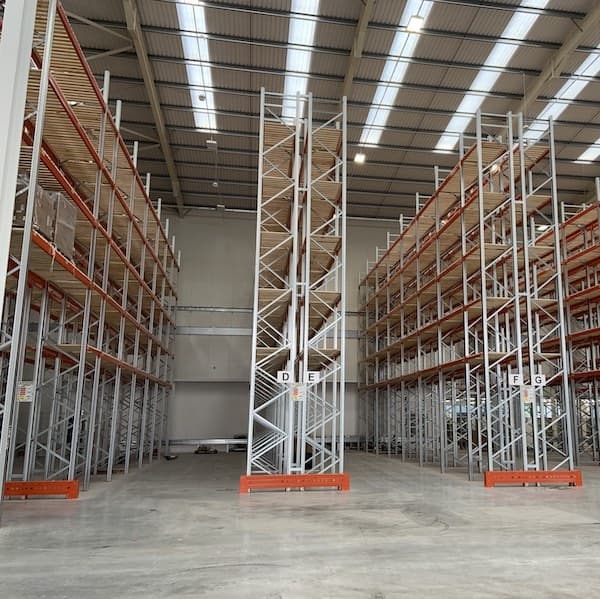- Mezzanine Floors
- Solutions
- Multi-Tier Mezzanines
- Mezzanine Pallet Safety Gates
- Mezzanine Staircases
- Mezzanine Handrails and Balustrades
- Mezzanine Decking
- Fire Protection for Mezzanine Floors
- Mezzanine Lift Shaft Design and Installation
- Resources
- Mezzanine Floor Calculator
- Mezzanine Floor Regulations and Building Control
- Self-Storage Mezzanine Floors
- Self-Storage Units
- Resources
- Self-Storage Site Selection Information
- Calculating The ROI of Self-Storage Conversions
- Planning for Automation in Self Storage
- Racking & Shelving
- Services
- Racking Design
- Racking Manufacture
- Racking Installation
- Racking Inspections
- Retail Racking And Shelving Systems
- Solutions
- Cantilever Racking
- Pallet Racking
- Coil Racking
- Longspan Shelving
- Tyre Racking
- Kimer Racking
- Live Storage Racking
- Drive In & Drive Through Racking
- Clip Shelving
- Mobile Shelving
- Custom Fabrications
- About Us
- USS Case Studies
- Self-Storage Fit-out For Raked Ceiling Building
- Mezzanine And Staircases For Entertainment Venue
- New Mezzanine And Staircases For Major Retailer
- Mezzanine Pallet Safety Gate
- Self-Storage Fit-Out Project For Brand New Facility
- Warehouse Racking, Wire Mesh & Shelving for New Warehouse
- Self-Storage Partition System & Components Installation
- Self-Storage Store Mezzanine And Staircases
- Multi-Tier Mezzanine For Logistics & Distribution Facility
- Warehouse Plant Platform
- Self-Storage Facility Space Expansion
- Mezzanine Floor For Distribution Warehouse
- Bespoke Feature Staircase & Mezzanine
- Single Level, Multi-Use Mezzanine
- Mezzanine For A New Building
- Mezzanine Floor For Plumbing Supplies Warehouse
- New Racking System and Mezzanine Floor
- Car Park Conversion To Self Storage Facility
- Pallet Racking and Cantilever Racking For Warehouse
- Two Mezzanine Floors For Self-Storage Facility In Birmingham
- Our Accreditations
- Contact Us
- USS Case Studies
The Latest Blogs From USS
Good Racking Design & Warehouse Automation
read
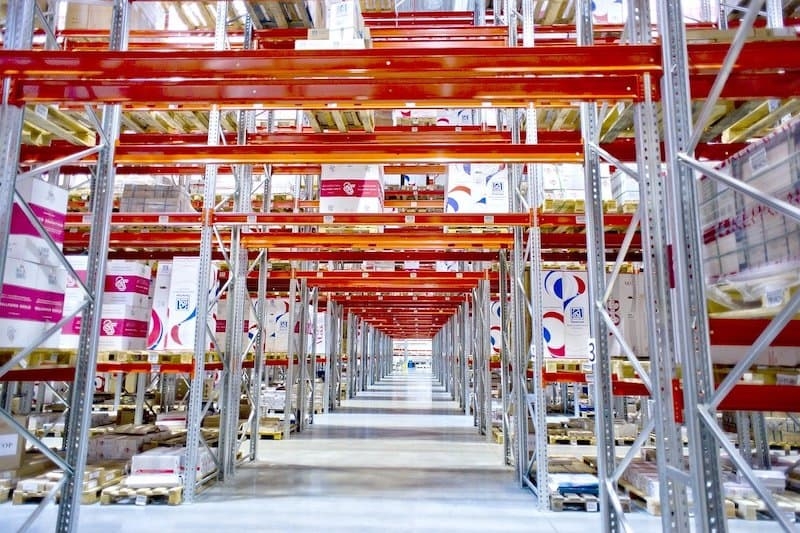
The increased use of automation across various industries has been well documented, from horror stories about the unstoppable rise of AI to predictions that we can all look forward to a life of leisure and relaxation as the robots take on all the work.
As with most things, the truth probably lies somewhere in between, and in the here and now, the main challenge thrown up by automation involves deciding whether or not it has a role to play and – if it does – how to facilitate it within existing structures. As far as the warehouse industry is concerned, the question of whether automation plays a role is pretty easy to answer. In contrast, how much of a role it plays now and will come to play in the future will vary from case to case, depending on factors such as the amount of capital available to fund an implementation.
In this article, as well as looking at how automation of various kinds can play a significant part in enhancing operations within warehouses, we’ll look at the role that a racking system design can play in a successful warehouse automation project - or designing warehouse operations in such a way as to facilitate the introduction of automation at some point in the future.
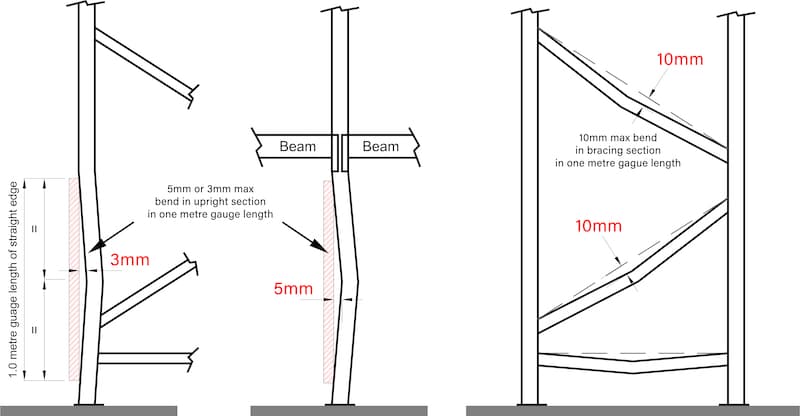
The Demand for Automation
As recently as April 2023, a report entitled ‘The State of the Material Handling Automation Market in 2023’ was published by Vecna Robotics and CITE Research. The report gathered data from over 1000 supply chain professionals across automotive, third-party logistics, consumer goods, manufacturing, e-commerce and retail sectors. While the report itself doesn’t detail the implications for racking design with this rise in warehouse automation, it does set out just how firmly entrenched the switch to automated systems is and covers some of the factors driving that switch.
Labour Crisis A Key Driver In The Move To Automation
According to the report (which gathered data globally), warehouses are coping with a labour crisis, with 10-25% reporting understaffing issues. Within these figures, we see the most significant staff shortages with material handlers, at 34%, and forklift truck drivers, at 31%, which you mitigate through automation. Elsewhere in the report, the transformative nature of automation for warehouse operations is flagged, with 70% of respondents highlighting improved staff retention as one of the upsides and just over 50% highlighting the fact that it can be used as a means of up-skilling existing employees and creating new employment opportunities.
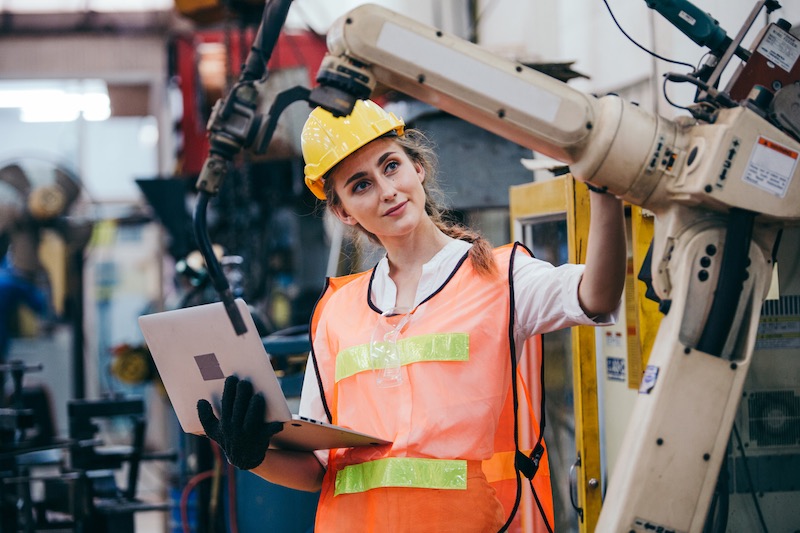
Any doubt about the size and scope of the warehouse automation revolution would tend to be dispelled by further research, which predicts that the global warehouse automation market, worth $29.6 billion in 2020, will have grown to $69 billion by 2025.
Closer to home, figures released by the Office for National Statistics in March 2023 show that demand for warehouse staff in the UK rose by a massive 43.2% at the end of 2022 compared to pre-pandemic levels. Whilst this shift can be blamed on the pandemic itself to a degree – and the number of workers who switched to warehouse work during periods of lockdown and have since returned to previous professions – it still represents a long-term issue for the industry as a whole and, as we saw in the last set of figures, automation is one of the means of coping with that issue.
The Robot Revolution Continues
Businesses often have to rely on temporary workers to supplement permanent employees when they can’t otherwise meet demand, but this is clearly not a long-term solution. The alternative, as exemplified by giants such as Amazon, is to push toward using automated systems in warehouses. In the case of Amazon, this means developing ever-more autonomous robots to handle the task of ferrying items from one part of a warehouse to another.
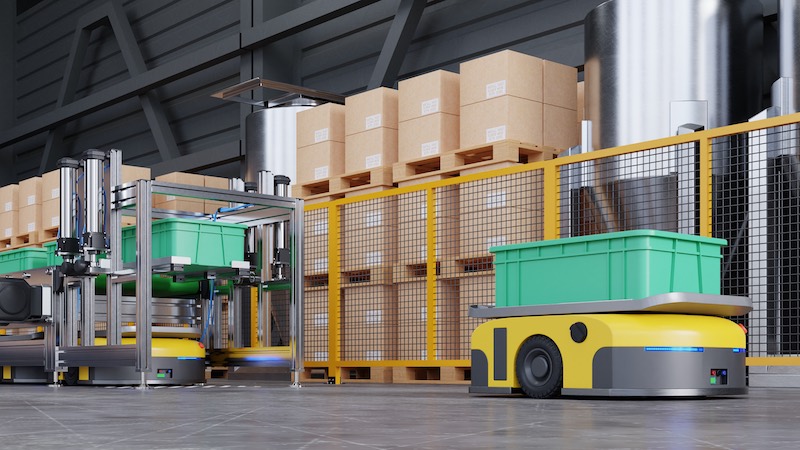
The most recent integration of these robots, working with enhanced forms of AI, is shifting from working in strictly controlled ‘caged’ areas of warehouses to having a more autonomous and free-ranging role. According to an in-depth report published in Wired magazine, we have already reached the stage where a robot handles three-quarters of all Amazon products at some point in their journey from warehouse to customer.
Robots of this kind are at the cutting edge of the wave of automation sweeping through the warehouse industry. Still, time and time again, Amazon have demonstrated that what they do today, their competitors need to do tomorrow or face falling by the wayside. For anyone working in the fulfilment centre or warehouse industry, this means looking at the various automation options available and thinking about how their racking will need to be modified or even replaced to deliver a reasonable return on any investment in automated processes.
Digital Automation And Physical Automation
When discussing the introduction of automation to warehouse operations, it is possible to consider two distinct areas – digital and physical automation. Digital automation involves using software and data handling to reduce the manual workflows involved in moving items into, through and out of a warehouse. An obvious example is mobile barcoding – technically a form of automatic identification and data capture (AIDC) technology – which can help employees identify and track items through the infrastructure of a warehouse. At the same time, the data gathered by such systems can integrate with software such as enterprise resource planning (ERP) systems to streamline all aspects of operations within a warehouse and reduce the likelihood of human error.
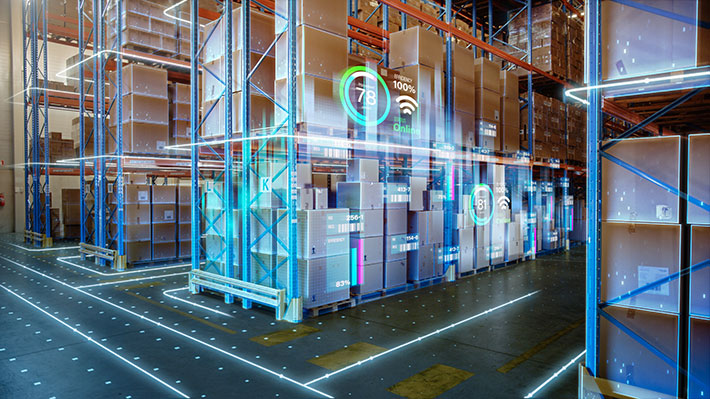
Learning From The Giants
In terms of warehouse racking, however, physical automation is likely to have an impact, as it represents the use of technology to minimise employee movements throughout the warehouse and enhance operations. Amazon’s robots are the most advanced forms of this physical automation, but there are much smaller, less wealthy businesses that can embrace the technology and transform the way their warehouses operate.
In simple terms, warehouse operators could transform or at least enhance operations by physical automation, which can be broken down into loading and unloading goods, conveying goods around the warehouse – initially for storage and then for retrieval, packaging and despatching – and packing and labelling goods. The right combination of technology, such as conveyor belts, carousels and vertical lift systems, can massively increase the speed of the picking process in a warehouse, particularly when combined with the types of automated software already mentioned.
Racking And Automation
The fact is that any automation technology will only work to maximum efficiency if the design and layout of the racking across the warehouse match it.
For this reason, modular racking solutions, in which individual aspects of the system, such as the beams, can be adjusted and swapped out when the basic design of the racking needs altering, are a sensible solution for anyone not yet sure of the degree or type of physical automation which they wish to introduce.
A racking designer can have automation in mind if the racking is planned from scratch or replaced en masse. For example, a warehouse that uses robots or autonomous vehicles to retrieve goods may not need aisles as wide as those required for employee-operated forklift trucks to negotiate. On the other hand, whether robots are working an aisle following a magnetic strip on the floor, autonomous units or even a moving conveyor belt, there has to be sufficient room for humans to make regular maintenance checks - and for work to be carried out safely.
Design And Automation Decisions Go Hand-In-Hand
The same calculations need to be applied to the racking itself.
Automation allows for a wide range of racking types, from standard selective racks to pallet flow racks and pushback racks. Spiral conveyors also make it possible to increase the racking height to the maximum height available in the warehouse.

But no matter the option, the automated solutions will only work if the environment of a warehouse is tightly controlled for automated systems to identify, track, locate and collect each item efficiently. For example, correctly situated racking is crucial for an automated system to interact smoothly. Automated crane systems, for example, working with autonomous units to collect and retrieve items, must be able to locate specific items within a large warehouse space. The system can soon break down if a particular shelf or pallet is incorrectly positioned.
Increased Strength And Tolerances Required - From The Ground Up
As racking becomes taller, denser, and fuller to take advantage of the application of automation, the warehouse floor will need sufficient strength and stability to take the increased load; in some cases, larger base plates or additional bracing may need to be applied. At the very least, the density and underlying strength of the slab of a warehouse floor will need comprehensive testing to ensure it’s up to the task of supporting the increased loads that efficient automation generates.
When it comes to racking, the same considerations apply. These also have to be constructed using materials, methods and designs capable of handling the increased loads and changed workflows/processes that have flowed from the introduction of automation.
Last Word
The overall message to take away is that if warehouse automation is integral to your operation, getting the design right is crucial. Simply including things like conveyors onto existing racking without any audit or analysis isn’t going to deliver - the increased efficiency the conveyors are meant to drive could very well place your racking under stresses they're not designed to deal with. Whether the racking in question is already in place or you intend to install it from scratch as part of an automation transformation, the racking design should be central to the system.
This blog is for information purposes only and should not be construed as legal or financial advice and not intended to be substituted as legal or financial advice.
Find Us
S & L United Storage Systems Ltd
United House, The Street
Takeley, Bishop's Stortford
Hertfordshire, CM22 6QR
Company No. 1313816
VAT No. 291616253Say Hello
01279 871 787Copyright © 2025 S & L United Storage Systems Ltd. All rights reserved.
- About Us

